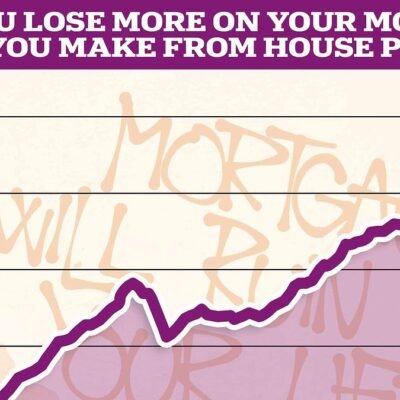In African cities, a healthy mortgage-to-income ratio, where mortgage payments represent a lesser percentage of family income, has several advantages for both individuals and the larger economy.
According to Numbeo, this ratio is calculated by assuming a 100% mortgage for 20 years on a 90-square-meter home.
The home price is based on the average cost per square meter, considering both city center and suburban areas. Family income is estimated using the average monthly salary.
Primarily more individuals can become homeowners as housing becomes more accessible due to a reduced mortgage-to-income ratio.
Higher homeownership rates may result from this, which is crucial in African cities where it can be difficult to find affordable homes.
Homeownership also helps families build long-term wealth, as property values tend to increase over time, enabling homeowners to benefit from the appreciation of their assets.
In addition, a favorable mortgage-to-income ratio means that households spend less of their income on mortgage payments, leaving more money for essential expenses like education, healthcare, savings, and investments.
As a result, some cities in Africa have not done a decent job in ensuring that their mortgage payments are attractive, while others have failed to.
The failure to provide an affordable mortgage can create a pathway for the proliferation of slums, as people can’t afford standard housing, as well as repel foreign investors.
With that in mind, here are the five African cities with the worst mortgage-to-income ratio, as reported by Numbeo.
Top 5 major African cities with the worst mortgage values
| Rank | City | Country | Mortgage as percentage of income | Global rank |
|---|---|---|---|---|
|
1. |
Douala |
Cameroon |
938.5 |
1st |
|
2. |
Addis Ababa |
Ethiopia |
805.2 |
4th |
|
3. |
Cairo |
Egypt |
261.9 |
30th |
|
4. |
Nairobi |
Kenya |
257.4 |
32nd |
|
5. |
Alexandria |
Egypt |
230.4 |
38th |





